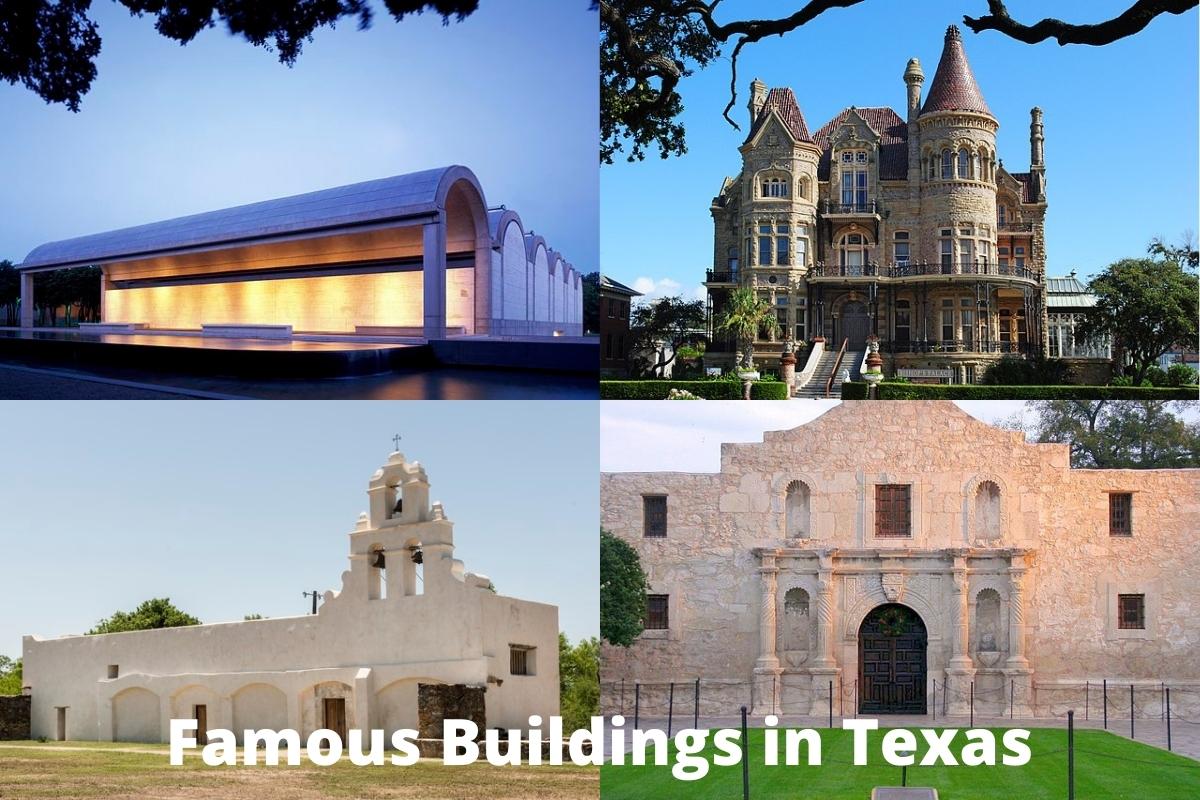As the second-largest state in the United States, Texas offers a wide range of activities, experiences, and landmarks for tourists to explore.
Although this expansive state has a wide range of places for tourists and locals to enjoy, there are some must-see sites that outrank the others.
Whether you’re in the Lonestar State for a day, a month, or you’re moving there for the long haul, we’ve compiled a list of some of the most popular destinations for tourists as well as those who call Texas home.
In the article below, we’ll review the history, features, and activities of some of the hotspots in this state.
Famous Buildings in Texas
1. The Alamo
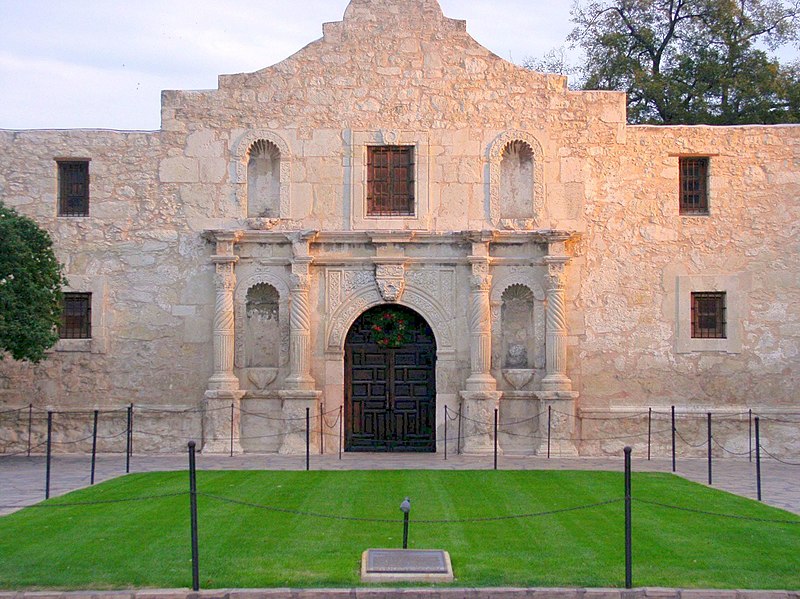
Pulling in more than four million visitors every year, the Alamo is one of the most frequented historic sites in the U.S., let alone in Texas.
Before it was called The Alamo, this Texas landmark was referred to as Misión San Antonio de Valero.
By all names, it has the same background. In the 1700s, Roman Catholic missionaries founded the mission, which became a fortress compound and the Spanish Mission in modern-day San Antonio, TX.
While the Alamo has enjoyed a rich history over three centuries, it’s mainly known for hosting the Battle of the Alamo in 1836. Near the turn of the 19th century, The Daughters of the Republic of Texas kicked off their work to preserve this historically significant area.
Now, the Alamo is also a key component of the San Antonio Missions World Heritage Site. For visitors, the Alamo features a chapel, tours of the Long Barracks, and a museum.
The Wall of History, which is a giant mural, visually teaches visitors about this landmark’s rich history between its conflicted beginnings and current state.
2. Texas State Capitol
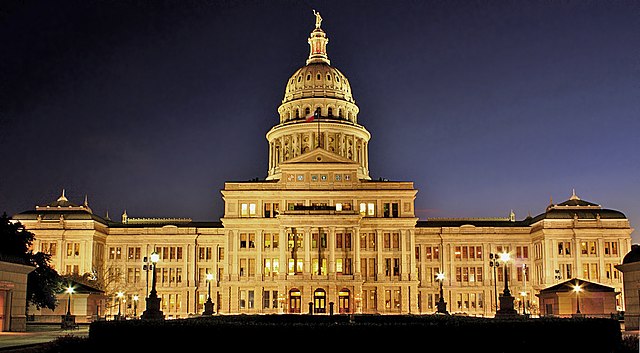
While every state has a capitol building, the Texas State Capitol is worth adding to an itinerary when visiting Texas. This politically relevant building sits in downtown Austin, TX as the seat of the government of Texas and the capitol.
This building balances function and form as it houses the chambers and offices of both the Governor of Texas and the Texas State Legislature.
As they say, everything is bigger and better in Texas–the Texas State Capitol is no exception. Measuring 302.64 feet (92.24 m) in height, it ranks as the sixth tallest state capitol, towering over even the United States Capitol in Washington, D.C.
Today, people visit this building for its political relevance and public art and museums located nearby. Over the years, the Texas State Capitol has drawn itself into controversy.
Most notably, when a granite monument inscribed with the Ten Commandments was erected on its grounds, the display was featured in a U.S. Supreme Court Case debating its constitutional validity. In the end, the monument was ruled not unconstitutional.
3. San Jacinto Battleground State Historic Site
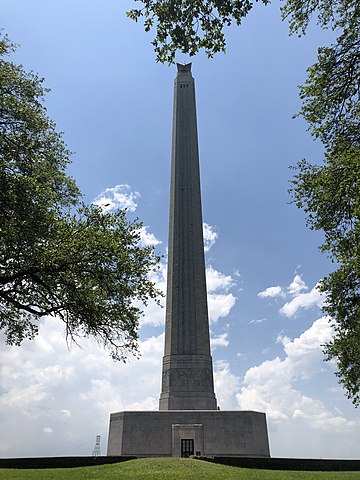
San Jacinto Battleground State Historic Site is a popular tourist area for military history buffs. Positioned in unincorporated Harris County, Texas, the San Jacinto Battleground State Historic Site is easily accessible to those visiting or inhabiting Houston, Tx. It has been a National Historic Landmark since 1960.
While some prefer to stay on the ground during their visit to the historic site, many enjoy taking an elevator to the observation deck on the monument.
From the observation deck, visitors can soak in birds-eye views of the USS Texas, Houston Ship Channel, and the city of Houston as a whole.
Also Read: Landmarks in Houston
As the first battleship memorial museum in the United States, the San Jacinto Battleground State Historic Site holds historical significance.
Although some parts of the battleground have fallen victim to submersion under the bay, the landmark still stands as a strong reminder of this state’s rich history.
4. Lyndon B. Johnson National Historical Park
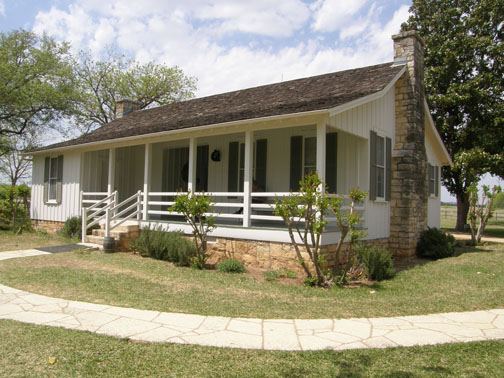
Boasting the birthplace, home, ranch, and grave of former president Lyndon B. Johnson, the Lyndon B. Johnson National Historical Park sits roughly 50 miles west of Austin.
The National Historical Park is also close to another landmark called the LBJ Ranch. Nestled in the Texas Hill Country, the LBJ Ranch earned the nickname the “Texas White House.” This is because LBJ spent a decent percentage of time there during his presidency.
This area has a variety of important places preserved, including the former 36th president’s family cemetery, ranch, first school, and a reconstructed version of his birthplace.
As long as they have a permit, visitors can participate in a self-guided tour of the site.
5. Bishop’s Palace, Galveston
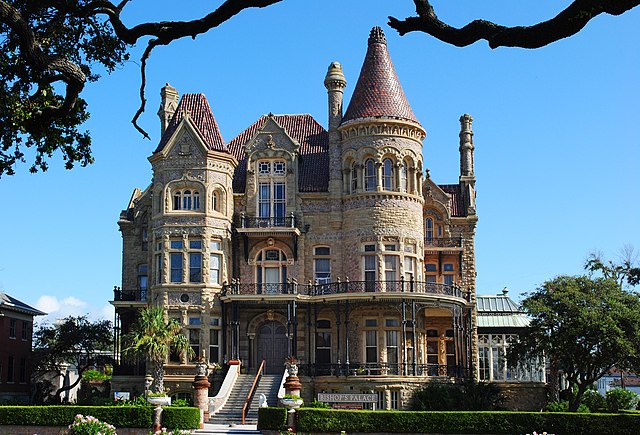
For those who want a taste of opulent Victorian architecture in the Lonestar State, Bishop’s Palace in Galveston, TX is a dream come true. This artfully crafted 19,082 square-foot Victorian house stands in Galveston’s East End Historic District.
The Bishop’s Palace (also called the Gresham mansion) was constructed entirely of stone between 1887 and 1893. The home’s original owners, Walter and Josephine Gresham, resided there with their nine children.
In the 1920s, the Catholic Church acquired the mansion and used it to house Bishop Christopher E. Byrne. In 1963, the building was opened to the public after the Diocese offices moved.
Presently, the Galveston Historical Foundation owns the house and offers self-guided tours every day.
6. Mission San Juan Capistrano (Texas)
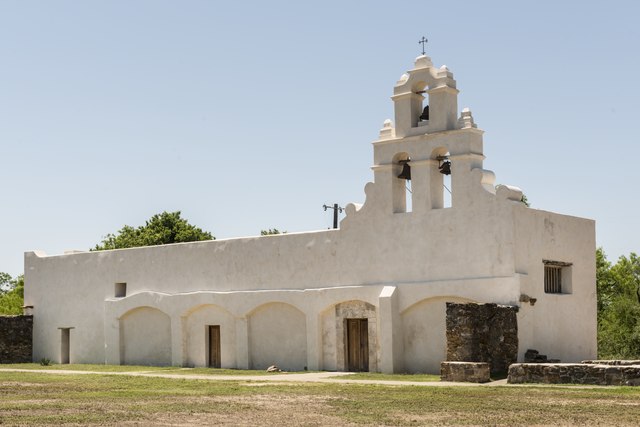
For Catholics and historians alike, the Mission San Juan Capistrano is an important site to visit. As one of the oldest buildings remaining in Texas, the Mission San Juan Capistrano stands as a reminder of Texas’ roots.
The Mission San Juan Capistrano gets its name from the theologian and warrior priest who lived in Italy’s Abruzzo region in the 1600s. In the late 1700s, the Mission San Juan Capistrano was secularized.
Over time, the Mission has undergone several major events and changes, including the theft of the three altar statues and renovation in the 21st century.
7. Reunion Tower
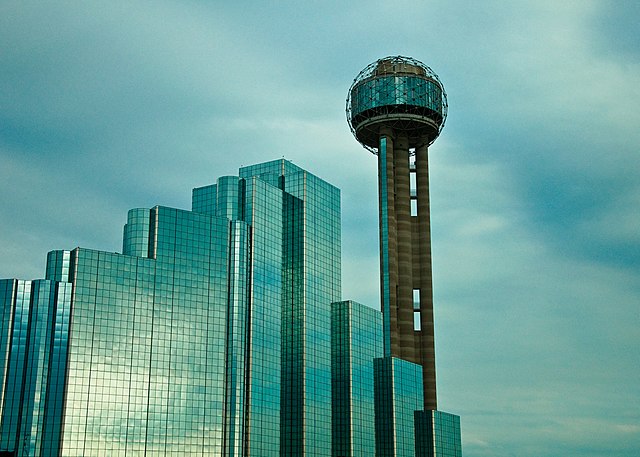
As one of Dallas, Texas’ easiest landmarks to recognize, the Reunion Tower is a staple in any tour of Dallas, Texas. Locally referred to as “The Ball,” the tower has been standing tall since its construction finished in early 1978.
Also Read: Buildings in Dallas
Reunion Tower has made history by sitting roughly 1,000 feet from the site where the late former president John F. Kennedy was assassinated. It has also appeared on some popular T.V. series, such as Walker, Texas Ranger and Dallas.
The staggering 561 feet observation tower overshadows downtown Dallas’ Reunion district. Today, it’s incorporated into the Hyatt Regency Hotel complex. It ranks number 15 on the list of Dallas’ tallest buildings.
Also Read: Buildings in New Orleans
Until the Hyatt Regency Dallas was added in the late 1990s, the structure remained free-standing. Since then, it has had various uses, such as housing the Dallas radio station KOAX-FM, restaurants, and an observation deck.
8. Kimbell Art Museum
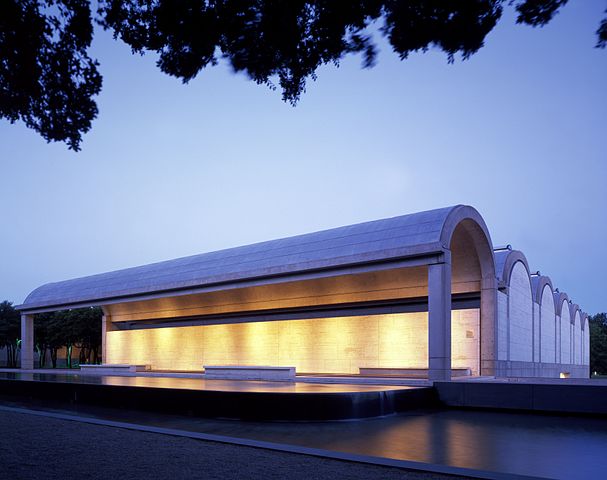
Located in Forth Worth, TX, The Kimbell Art Museum is a hub for the arts in the region. The museum features traveling art exhibits, an expansive research library, educational programs, and, of course, a collection of art. The Kimbell Art Museum’s name refers to the original private collection of artwork produced by Kay and Velma Kimbell.
The pair furnished the museum with its initial collection and gave the museum the funding for the building that contained the original collection.
Popular artists whose work is housed in the Kimbell Art Museum’s European collection include Monet, Picasso, and Matisse. The museum also features an Asian collection and an African collection.
Since the Modern Art Museum of Forth Worth features post-20th century pieces and the Amon Carter Museum features American art, the Kimbell Art Museum has always made an effort to showcase international, pre-20th century works.
Their significant library is a hot spot for art historians, faculty, and graduate students from nearby higher education.
9. Port Isabel Lighthouse
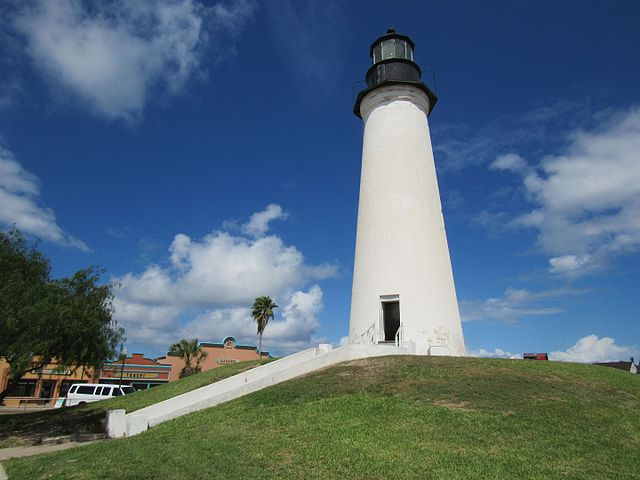
Located in Port Isabel, Texas, The Point (Port) Isabel Lighthouse began as a beacon to guide ships to Port Isabel through the Brazos Santiago Pass.
During the civil war in America, the structure became a lookout post for both Union Soldiers and Confederate soldiers. In the mid-20th century, locals launched a successful effort to preserve the site as a historical site.
Today, the Port Isabel Lighthouse remains a popular tourist site with a visitor’s center. Presently, Texas Parks and Wildlife Department owns the Port Isabel Lighthouse while the City of Port Isabel operates it.
10. USS Texas
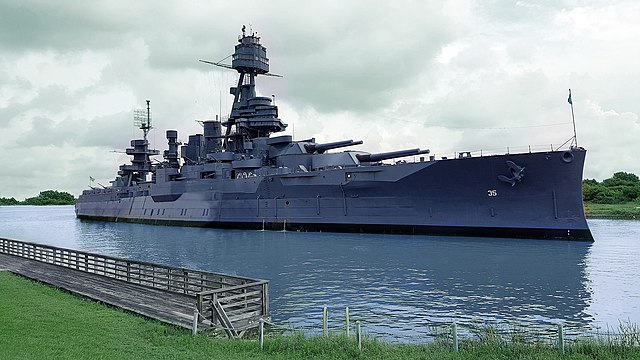
While there are many landmarks titled the USS Texas, the most significant for local Texans and tourists from out of state is the USS Texas (BB-35).
The USS Texas (BB-35) was once a New York-class naval battleship for the United States Navy. While the ship was decommissioned in 1948, it earned five battle stars throughout its career in WWII.
Beyond launching into battle, the USS Texas acted as a testing space for new technology such as mounting anti-aircraft guns and receiving production radar.
Besides pioneering new technology, the USS Texas also set out into uncharted territory as the first United States battleship that was converted into a permanent museum ship, U.S. National Historic Landmark.
The battleship is also the final remaining dreadnought battleship from the World War I era.

